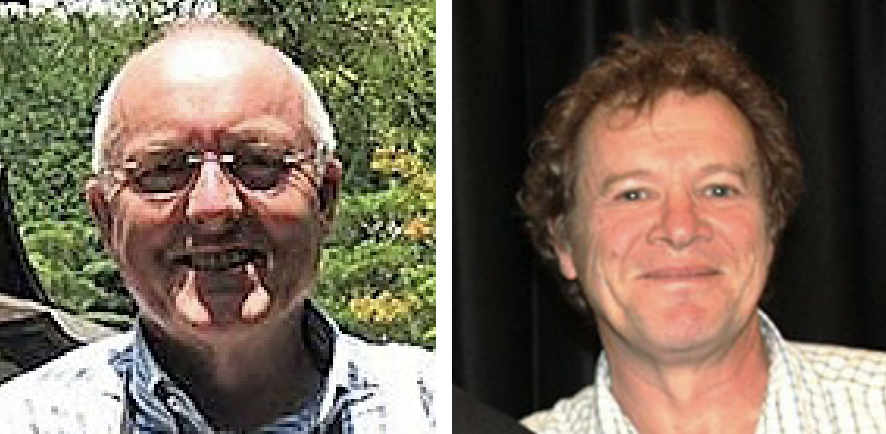High-Continuity Sandy Turbidite System: Application to Hydrocarbon Prospectivity (Haute Provence, SE France)

INSTRUCTOR: Kevin Pickering, PhD and Steve Cossey, PhD
DISCIPLINE: Field Courses
COURSE LENGTH (DAYS): 6 Days
CEUS: 4.8
AVAILABILITY: Public & In-House
ATTEND AN UPCOMING CLASS:
Check back in periodically for updated course dates!
WHO SHOULD ATTEND: This course is relevant to all subsurface geoscientists and engineers who wish to broaden their knowledge of sandy turbidite (deepwater) systems and deep marine clastic plays. Participants will achieve a broad working knowledge of these systems as applied to hydrocarbon prospectivity.
LEARNING OUTCOMES:
- Seismic-scale to individual bed-scale appreciation of the architecture and elements of a well-exposed deep-marine high-continuity sandy system which accumulated mainly in a pre-existing and topographically-complex sub-basins associated with some syn-sedimentary tectonics.
- Relationship between tectonics and sedimentation.
- Onlap relationships associated with sandy turbidite systems. Onlaps are important in turbidite reservoirs as they may provide either stratigraphic seals or leakage. The field course involves an evaluation of field examples of onlaps. Hydrocarbon analogs and prospectivity.
- To consider applicability of depositional model/s for the Paleogene of Southern France to areas of hydrocarbon exploration and production. The Paleogene provides direct analogs for the complex slope basins of the Gulf of Mexico.
- Process sedimentology. Training course in deep-marine processes, including the issue of turbidites versus debrites, structureless [“massive”] sands.
COURSE BACKGROUND: The Tertiary Grès d’Annot Formation of SE France is a late Eocene-early Oligocene sand-rich deep-marine system deposited in a rectilinear foreland basin created by lithospheric loading of both the Alpine thrust sheets to the east and the Corsica-Sardinia basement to the south. This foreland basin was created by the interference effects of two perpendicular loads on the lithosphere. Paleocurrents show that the principal source of the voluminous sediment flux to the Grès d’Annot system was from Corsica-Sardinia and southernmost Provençe, with very little sediment supply from the Alpine thrust sheets to the east. By mid-Oligocene time, the Corsica-Sardinia crustal blocks, together with the southernmost parts of Provence had become an active volcanic arc above a N/NW-dipping subduction zone, with back-arc rifting eventually leading to the separation of the Corsica-Sardinia microplate from the Eurasian plate to create the marginal basin, represented today by the Western Mediterranean Basin and the Ligurian Sea, which are floored by oceanic crust. The plate-tectonic change from late Eocene (mainly) crustal compression to mid-Oligocene NNW-SSE directed crustal extension, and the rifting away of the Corsica-Sardinia microplate at the southern side of the Grès d’Annot system, were the cause of the switching off of sediment supply to the foreland basin. Later westward propagation of the Alpine thrust system throughout the Grès d’Annot system caused local intense deformation of parts of the stratigraphy, including the creation of the late Paleogene Schistes-à-bloc which has been thrust over the well-bedded parts of the Grès d’Annot Formation.
Throughout Haute Provence, late Eocene subsidence created a basin with a complex inherited sea-floor topography compartmentalized into local topographic highs and lows. The topographic lows acted as sites for the preferential accumulation of sediments from sediment gravity flows, mainly turbidity currents, debris flows and slide deposits. Sandstone accumulation was controlled principally by pre-existing basin topography and, only locally, syndepositional extensional faulting. The lack of typical submarine fan features in the Grès d’Annot Formation, the absence of a well-defined point source for sediment supply, and the presence of contemporaneous fan-delta deposits immediately sourcewards of parts of the deep-water deposits, suggest a multiple sourced fluvial feeder system from a possible ramp margin. From a detailed study of the Paleogene turbidite systems in Haute Provençe, a new and integrated depositional model for high-continuity sand-prone deep-marine systems is proposed which appears to provide a better analogue than the tripartite fan model for many hydrocarbon reservoirs such as the Neogene northern continental margin of the Gulf of Mexico, Paleogene of the northern and central North Sea, and other continental margins where inter-connected slope basins are important for sand accumulation. Geometrical aspects of the Grès d’Annot system are quantified and compared with other deep-water systems.
Many of the deep-water sand bodies in the Grès d’Annot Formation are characterized by a basin-wide extent (< 10s km) but comprise laterally discontinuous individual beds and thin packets of beds. Such discrete bundling of sands and gravels into packets typically 10-30 m thick, separated by thick (to 10’s m) finer grained intervals, suggests a metronomic switching on-and-off of sand supply. This course provides a detailed examination of this relatively well-exposed deep-water system which should have wide application to hydrocarbon exploration.
COURSE CONTENT:
Day 1 – Orientation, St. Antonin area
Drive to St. Antonin area (approx. 1.5 hours)
Stop 1 – St Antonin
Fan delta and associated sediment source area for deep-water systems examined in road sections. Type of feeder system/s to deep-marine basin. Orientation and introduction to Paleogene turbidite systems of SE France.
Accommodations (3 nights): Hotel du Parc Annot
Day 2 – Coulomp Valley near Annot
Stop 2a – Coulomp Valley Overview
Introduction to Annot sub-basin system and contact with Marnes Bleues Formation. Sand-rich packets (Grès d’Annot Formation) at acute angle to mean paleoflow; erosional and onlap base; large-scale sediment slide horizon; discussion of possible causes of sand packeting; discussion of seismic and wireline log response of similar stratigraphic interval in subsurface.
Stop 2b – Coulomp Valley – St. Benoit Fault Zone.
Syn-sedimentary fault activity within basin and overview of Braux onlap.
Stop 2c – Coulomp Valley – Braux onlap.
Detailed road section through deep-water facies associated with onlap. Discussion of nature of onlaps, evidence for proximity of onlaps; turbidity current interaction with side confining slope; sediment slide/debris flow unit. Packets of amalgamated sandstones and intervening thin-bedded finer grained turbidite/hemipelagic packets.
Drive ~ 0.5km along road to Digne from Les Scaffarels. View point to observe Les Scaffarels section and location of afternoon walk. Discuss sand packeting and nature of large-scale erosional surface visible in cliff face.
Stop 3a – Annot town area/Les Scaffarels sections
Walk up through Annot town section (viewing La Coste section on the way up) to Les Scaffarels (1000 ft elevation higher); detailed observations within some of the very thick (10’s m) sandstone packets of so-called “massive [structureless] sands”, pebbly sands, scour and fill, cross-stratification, dish structures etc. Walk horizontally through sand bodies viewing thin-bedded turbidites (permeability barrier) between major sand-rich packets to Chambre du Roi. Close-up view of the large erosional surface at Les Scaffarels. Internal heterogeneity of sediment packages, etc.
Day 3 – Montagne de Chalufy
Stop 4 – Chalufy Mountain.
Spectacular seismic-scale onlap of sand-rich packets onto Marnes Bleues Formation; discussion of seismic expression of onlap (differences and similarities compared with salt province of Gulf of Mexico etc.); discussion of link with Annot Town section ~12km south-southeast and early basin-floor topography trapping older sands within Annot “sub-basin”; discussion of fill-and-spill concept of basins applied to SE France; discussion of fan systems in other sub-basins within Haute Provence (proximal-distal and axial-lateral changes). Sandstone-filled channel-like feature showing both margins laterally to margin. This walk will be most of the day and is an elevation change of 2000 ft uphill for about 1.5 hours.
Stop 5 – Annot road section.
Roadside section in thick, massive sands of the Annot sub-basin. Discussion about sediment transport/deposition processes.
Day 4 – Peïra Cava area
Drive from Annot to Col de Turini (1607m above sea level). Coffee stop in Lantosque. Check into Trois Vallées Hotel. Drive to Peïra Cava.
Stop 6a – Peïra Cava overlook.
Seismic-scale views of deep-marine system showing lateral high-continuity of many sandstone beds and packets in Cimes de Sourcas. Introduction to Peïra Cava sub-basin.
Stop 6b – Peïra Cava log A.
Detailed sedimentary logging (in groups of 3-4) of a few tens of meters of section along road cuts (Log A of Pickering & Hilton, 1998); discussion of sedimentary processes leading to deposition of very thick (genetically linked) sandy beds; evidence for decelerating and accelerating turbidity currents, interaction with basin-floor topography, flow-stripping, sediment slide/debris flow units, high versus low-concentration turbidity currents, competence versus capacity of flows; discussion of evidence for by-pass versus sediment accumulation.
Stop 6c – Peïra Cava log A.
Road outcrops of Log B; comparison with Log A (Proximal-distal versus axial-lateral relationships within Peïra Cava sub-basin; comparison between western and eastern basin-floor systems; discussion of relevance of Paleogene of SE France to areas of current interest to participants on course.
Accommodation (1 night): Les Trois Vallées Hotel
Day 5 – Contes area
Stop 6d – Base Log A.
A large-scale scour structure filled by composite event as pebbly sandstone and slide/debris flow unit.
Stop 6e – Shepherd’s farmhouse.
View of lateral continuity of beds at acute angle to paleoflow in vicinity of Log A, Peïra Cava sub-basin. General view of sand bed/packet geometry.
Stop 8 – Barre des Alpes.
Contes sub-basin. Contained (reflected) turbidites in basal part of Contes sub-basin. Discuss flow containment, flow stripping, fill-and-spill and basin evolution. Pebbly sands and thick, very coarse-grained sands; discuss processes. Architecture and facies associations of sandstones in oldest part of a sub-basin.
Summary in afternoon at café in Barre des Alpes.
Return to Nice
